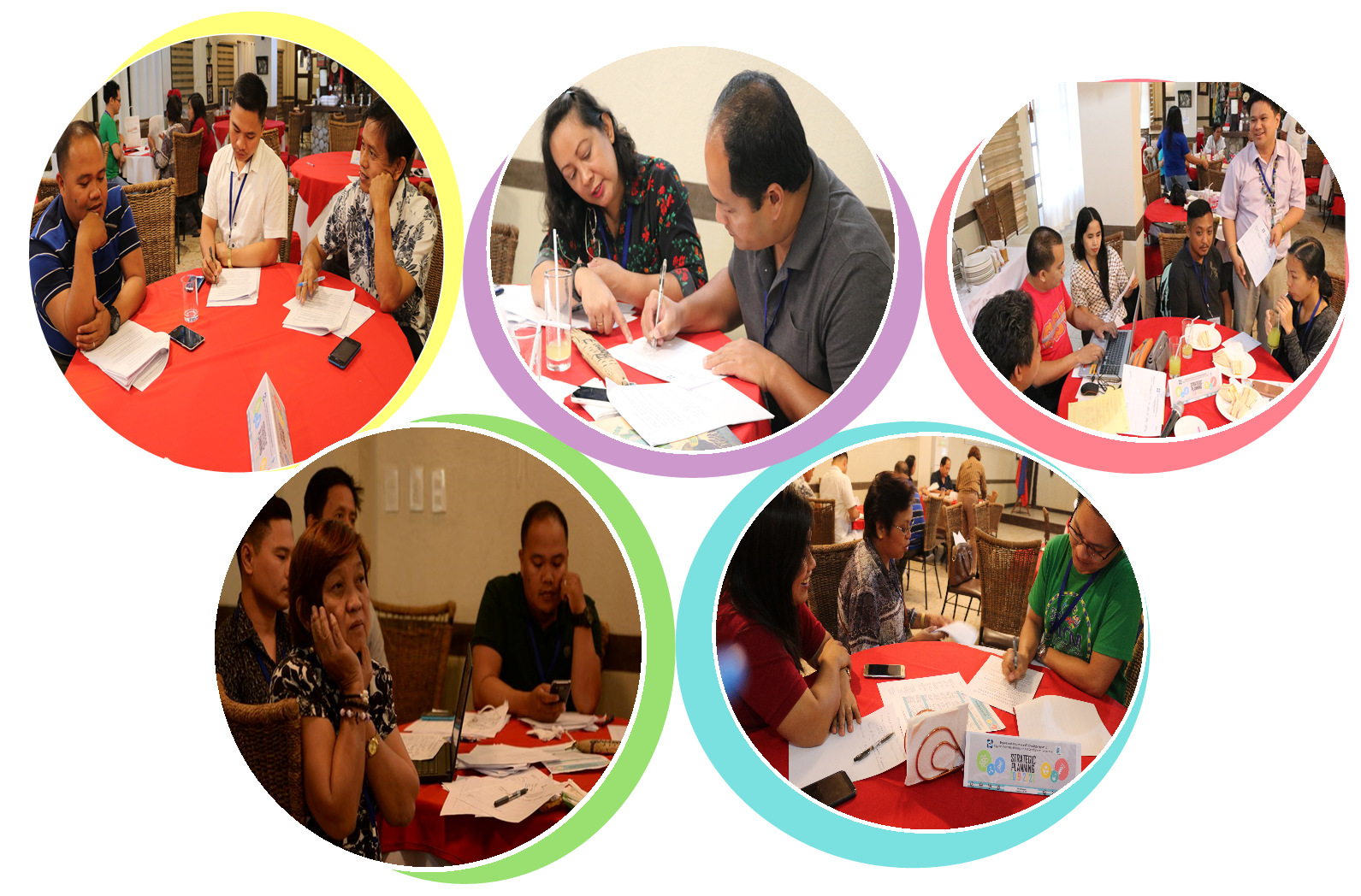
In pursuit of the Administrative Order 2017-0015, DOH is tasked to articulate the national health research agenda and ensure the provision of sufficient resources and logistics to attain excellence in evidenced-based interventions for health. As co- lead of the Philippine National Health research System (PNHRS) with the Philippine Council for Health research and Development, DOH is mandated to ensure the operation and strengthening of AHEAD with HPSR- Advancing Health through Evidence- Assisted Decisions with Health Policy and System Research.
The Department of Health Region 02 (DOH-R02) thru the Research Management and Development Unit in collaboration with the Department of Science and Technology Region 02 (DOST-R02) thru the Cagayan Valley Health Research Development Consortium (CVHRDC), will be conducting its first ever Regional Health Research Summit with the theme “Advancing Health System Strategies through Research” on December 7, 2018.
The program encourages researchers/ research experts to submit their completed health research proposal for Poster Exhibit and Oral Presentation under the Professional and Student Category at This email address is being protected from spambots. You need JavaScript enabled to view it./ This email address is being protected from spambots. You need JavaScript enabled to view it. on or before October 12, 2018.
Eligibility
For the Professional Category:
- Research paper form the CVHRDC member- institution and funded by the PNHRS (PCHRD-DOST; DOH; CHED and UP Manila) or from member –institutions of Regional Health Research Development Consortium (RHRDC) and/or other local and other international funding institution.
- Completed research project within the last 3 years
For the Student Category:
- Undergraduate thesis done within the last 2 years
- Research entries from institutions within or outside the consortium
Documentary Requirements:
- Research Presentation – electronic copy of the research paper. It should be presented just like a manuscript for journal submission.
- Poster exhibit – electronic copy of abstract
- Applicable research authorization/ clearance/ permit
- For studies which involved humans
Ethics Clearance
- National Commission on Indigenous People (NCIP) Permit
- For studies which used biological biological materials where genetic manipulation is involved or introduction of exotic or imported plants, microorganisms, or animals
- Biosafety clearance
- For studies conducted on animals
- Bureau of Animal Industry (BAI) authorization
- For studies which covered the protected areas of the Department of Environment and Natural Resources (DENR)
- Gratuitous Permit
The qualified research projects will be selected based on the following set of criteria:
- Provides solution to priority health problems identified in the RUHRA
- Technical soundness
- Research results provided new ideas/knowledge leading to health policies and action
- The output, outcome and the impact of the study have relevant contribution to society and economy
- Notice of Acceptance will be sent out on or before November 2, 2018.
Mechanics for the Oral Research Paper Presentation
- There will be an OPEN FORUM for the presentation of the qualified research projects during the 1st Regional Health Research Summit
- The time allotted to present the research project is twenty (20) minutes only
- The format of presentation are as follows:
- In PowerPoint presentation with maximum of 10 slides which contains the following:
- Project Description
- Objectives of the Project
- Methodology
- Results
- Conclusion
- Recommendation
- Font Style: BLACK ARIAL FONT
- Font Size: 20
- The principal investigator MUST be the presenter
- There will be a 10-minute question and answer session after each presentation
Mechanics for the Poster Exhibit Contest
- The principal investigator MUST be the presenter
Content
- The poster should include the name of researchers and institution
- It should give brief description of the research in layman’s language
- It should cite reasons why such project was developed or why the study was conducted; the study’s potential benefits in terms of its impact on health and quality of life, science or technology contributions or socio-economic benefits
- The poster may exhibit the highlight of the study in picture or colored presentation ( NOT smaller than 16” x 20”)
Form
- One poster panel will be allowed per entry
- Poster size should be 2ft width by 4ft height
- Use of tarpaulin is recommended
For clarifications, you may contact the RDMU at No’s (078) 304-6523, 09155588345, and 09298148555 or thru email add: This email address is being protected from spambots. You need JavaScript enabled to view it.
For the actual attachment coming from the DOH Region 2 just click:
https://drive.google.com/file/d/1PIix6BadvOW9Ml0jH0tFDtlIPa6ejS7g/view?usp=sharing
Source: Department of Health Regional Office 02 (DOH- R02)













